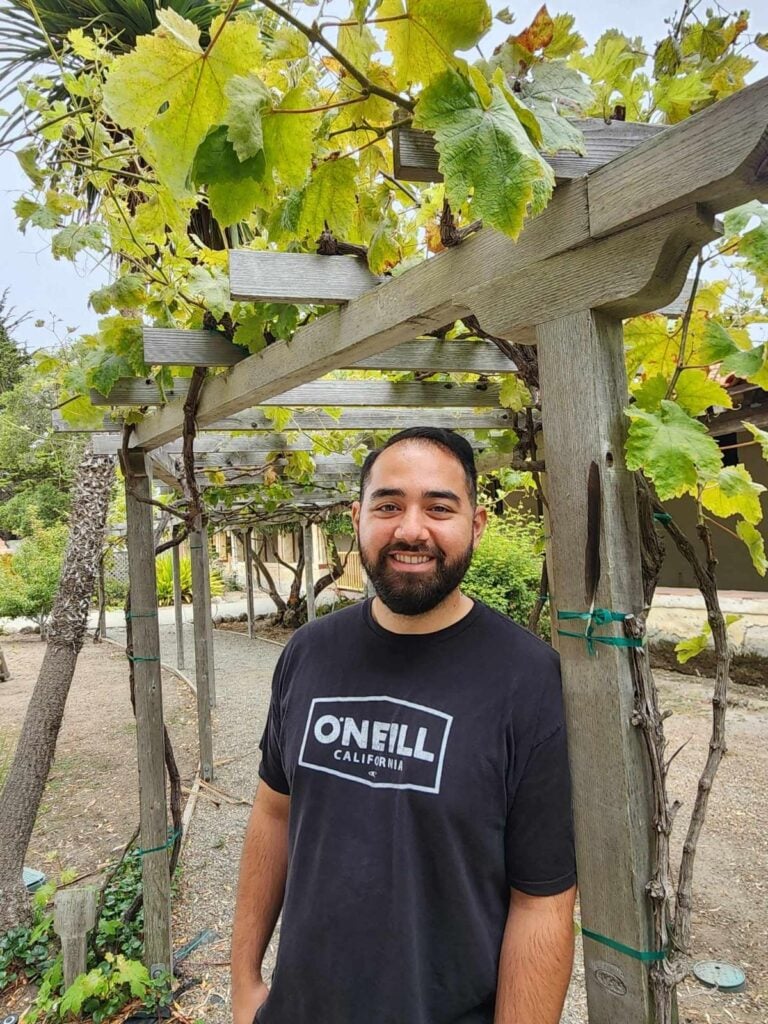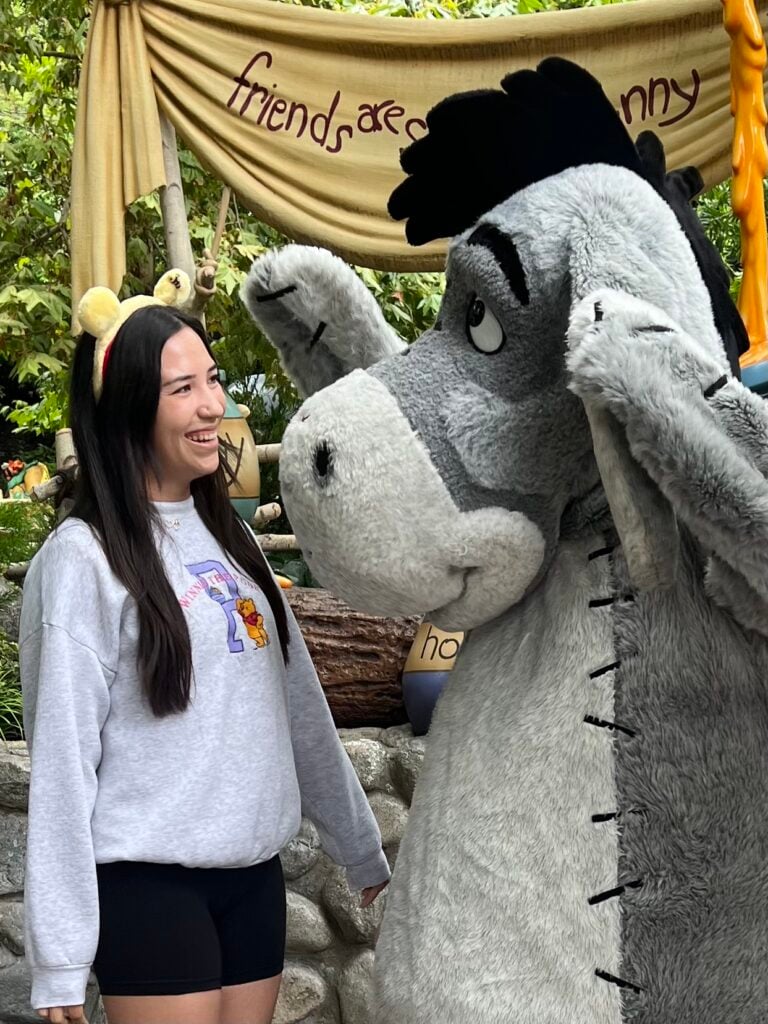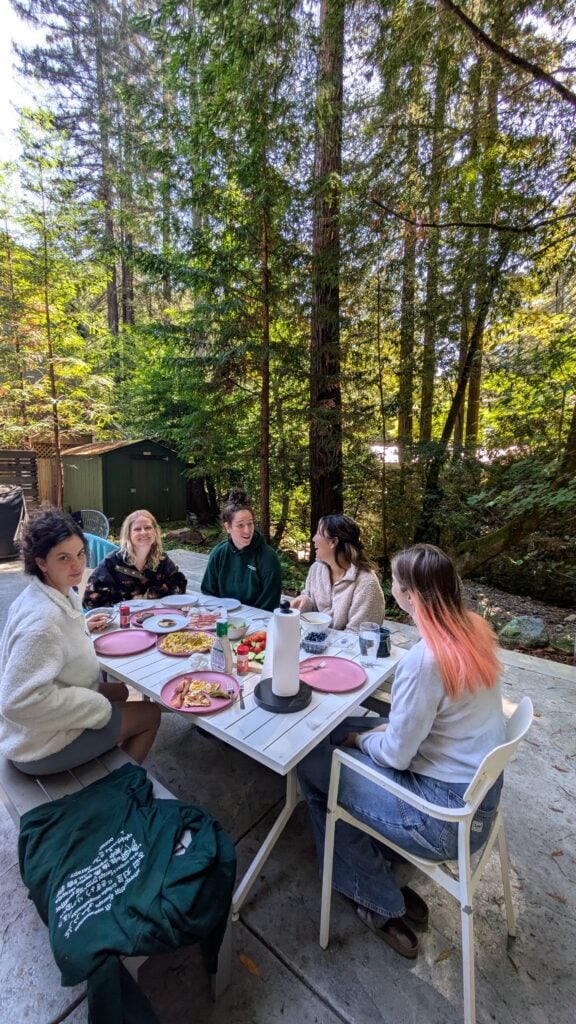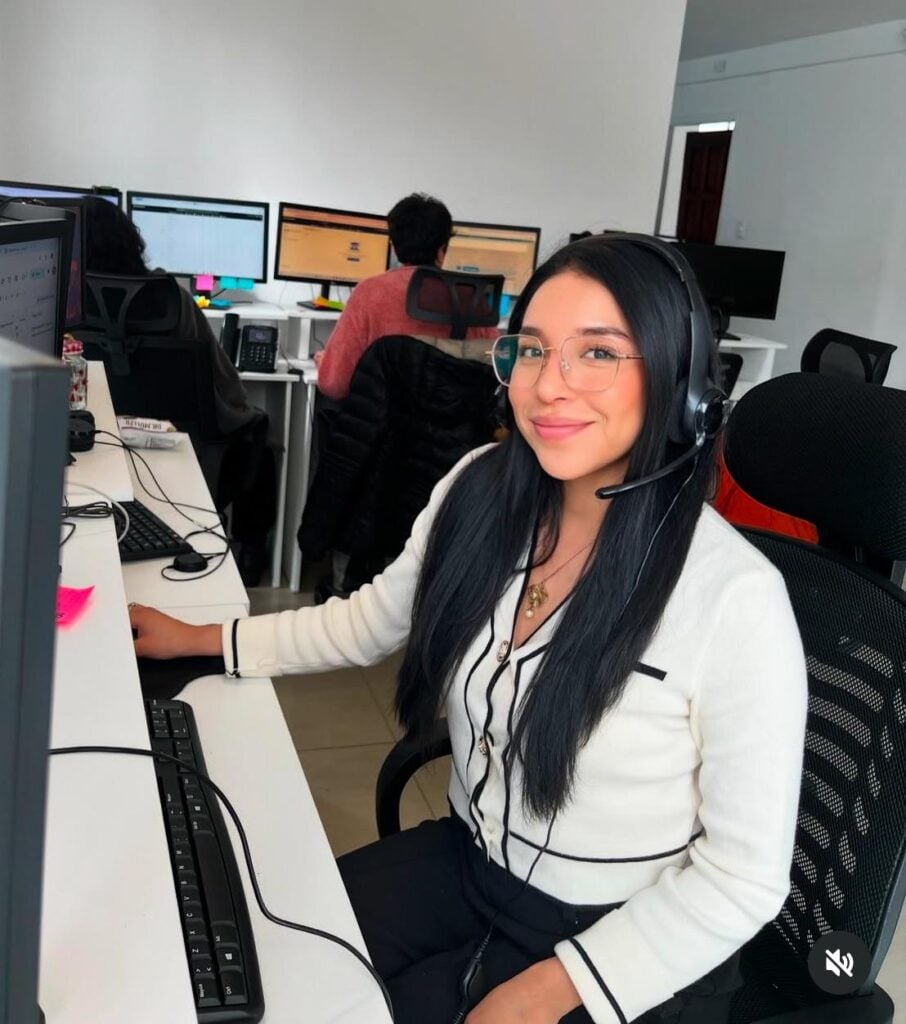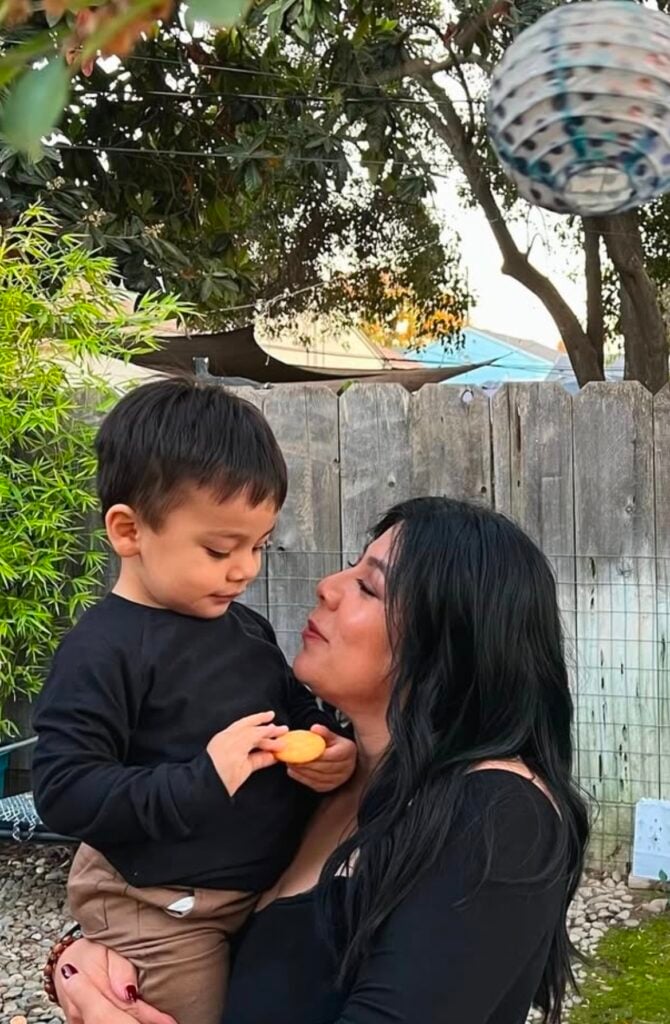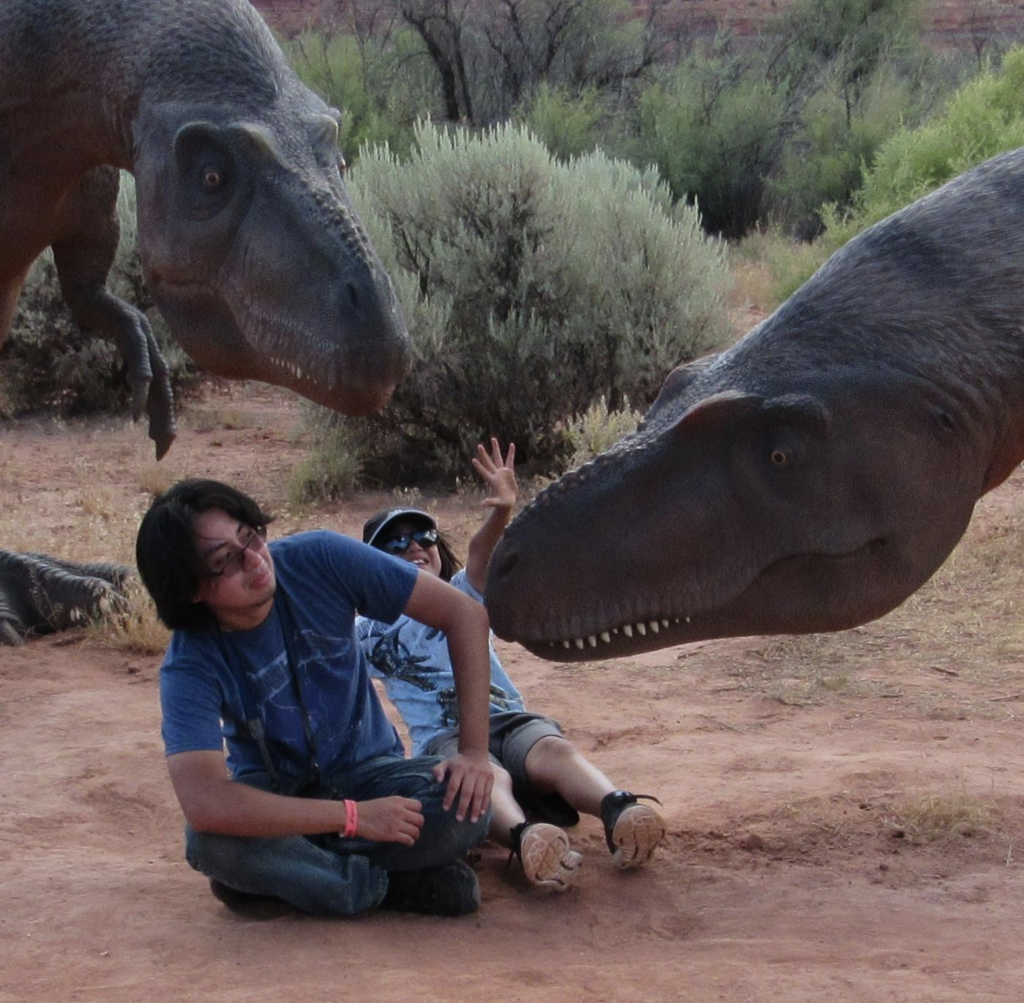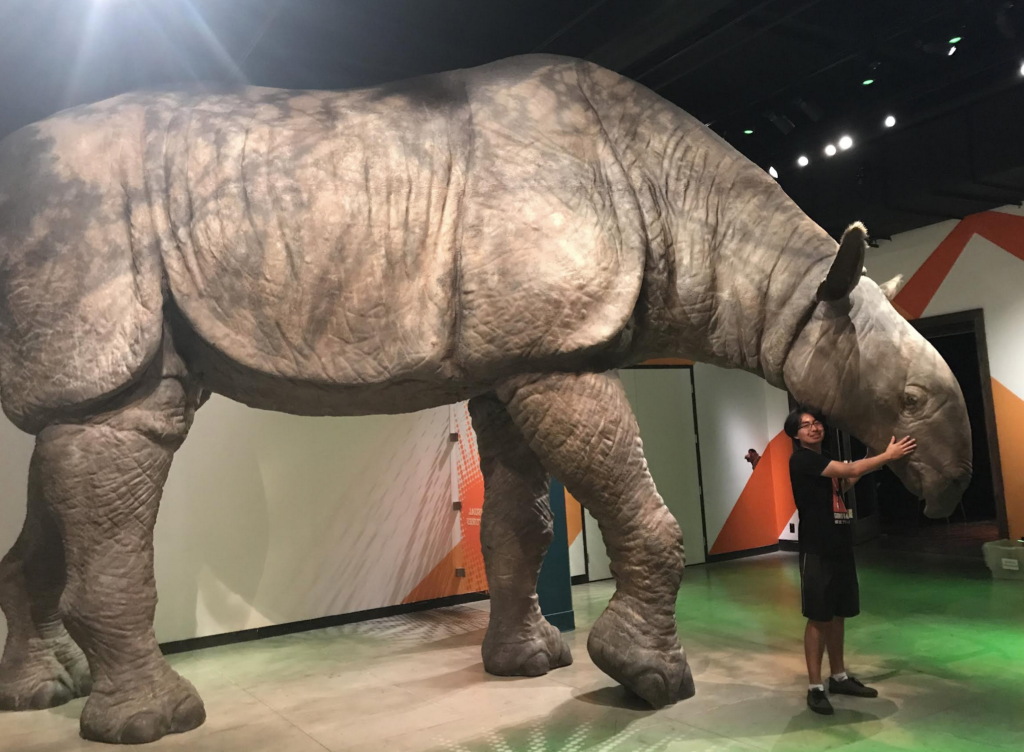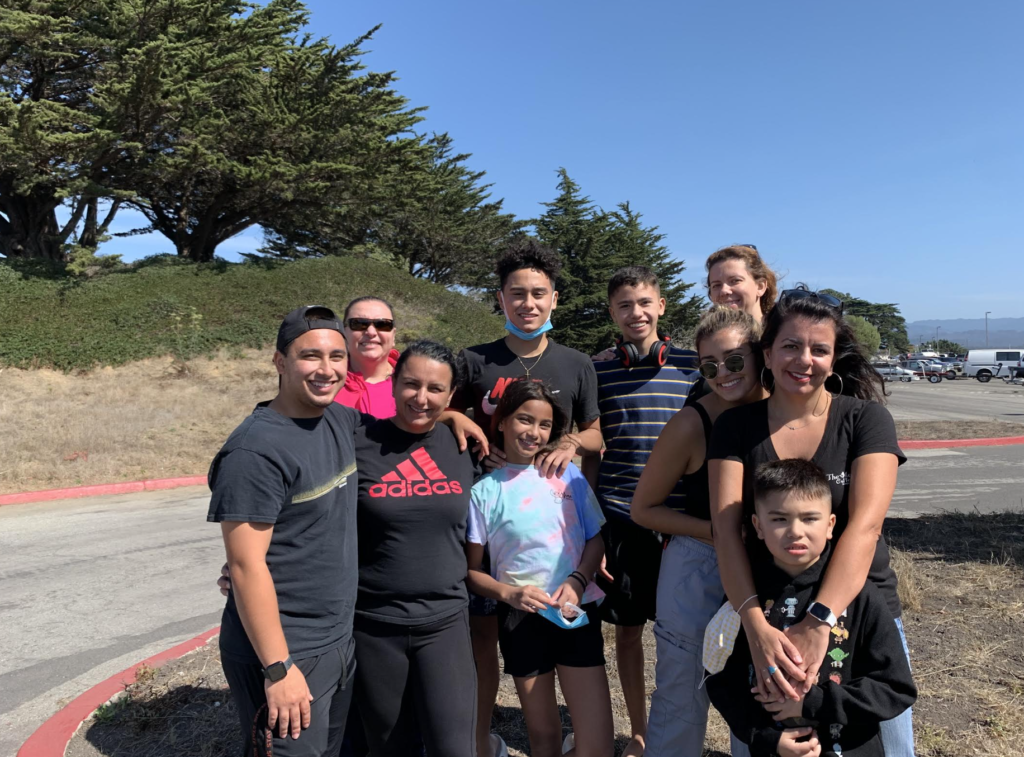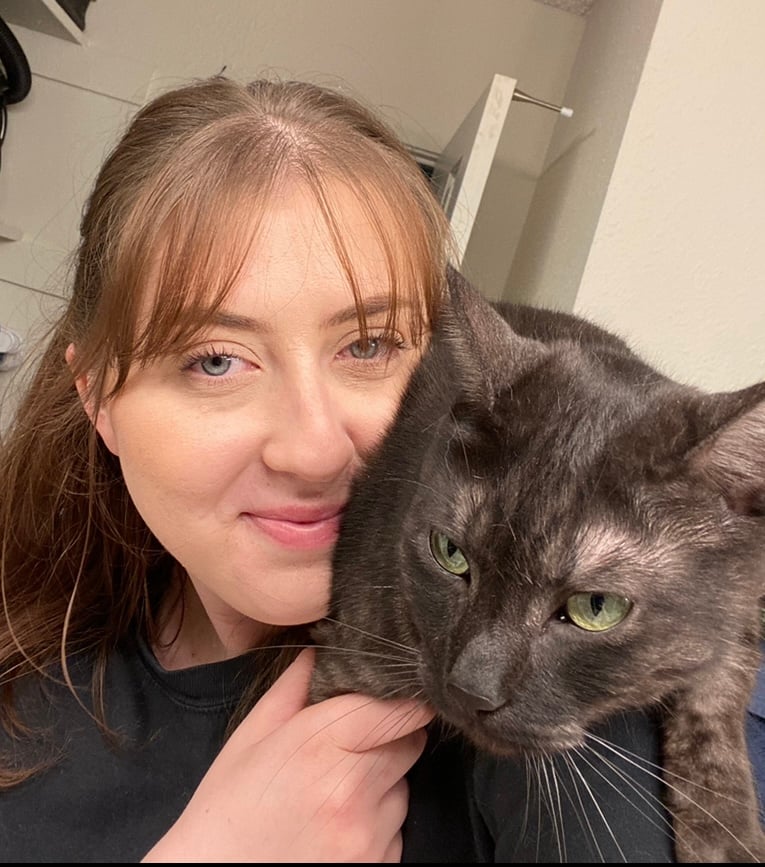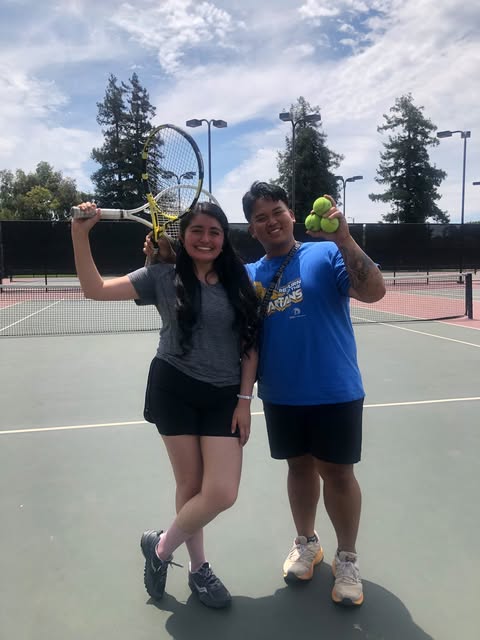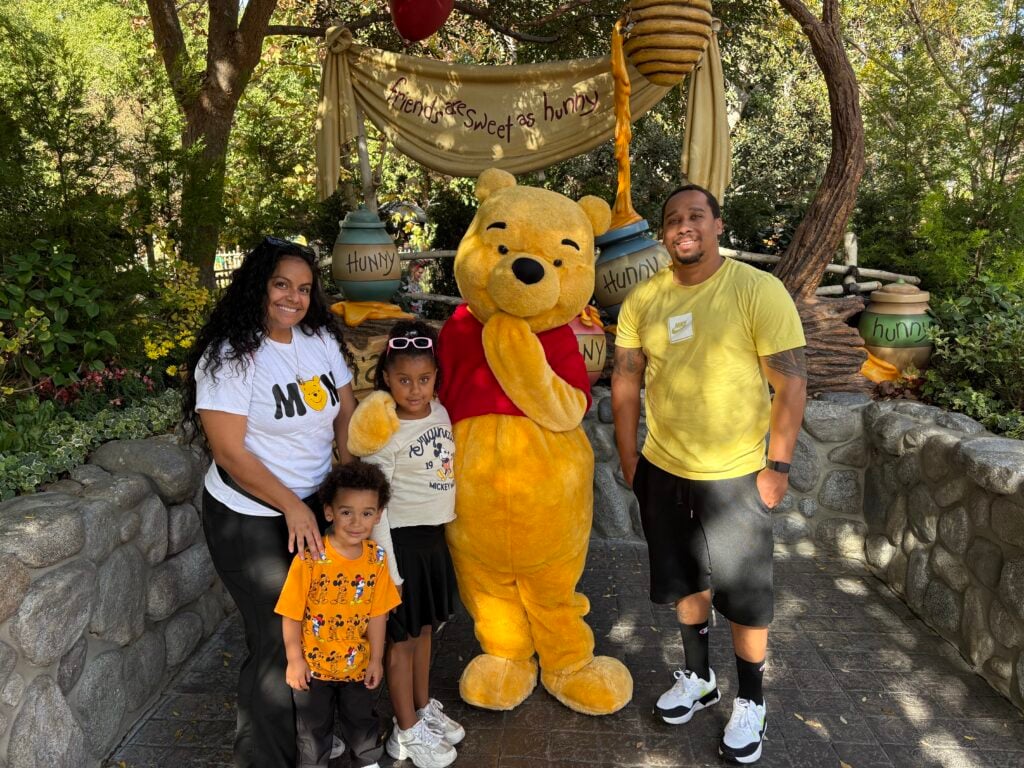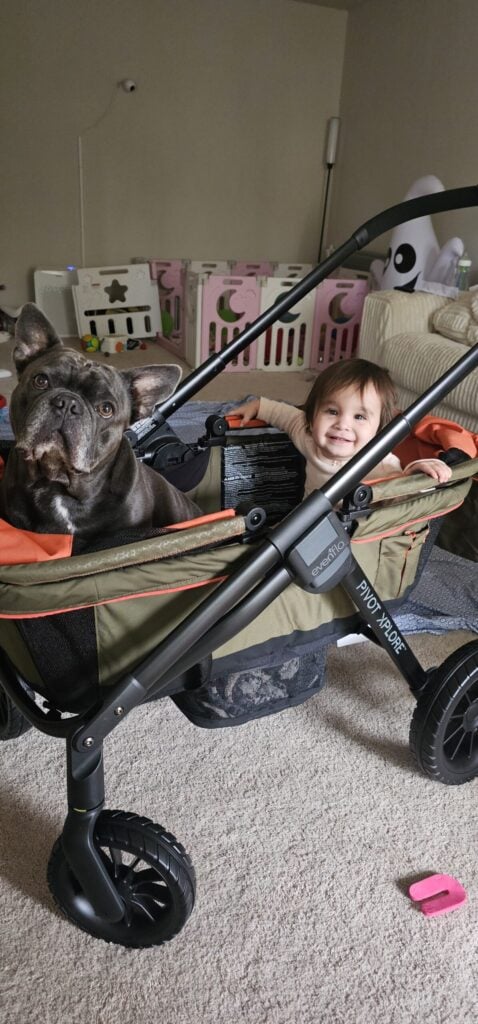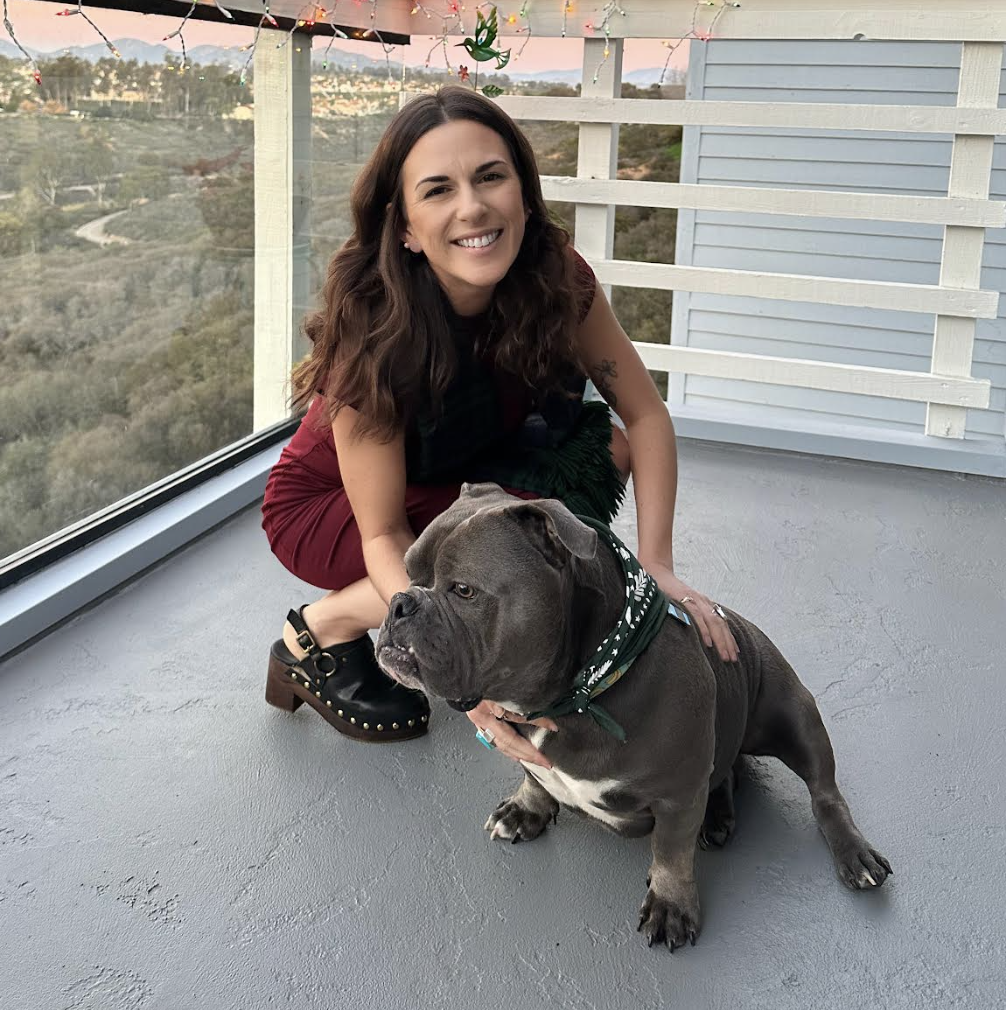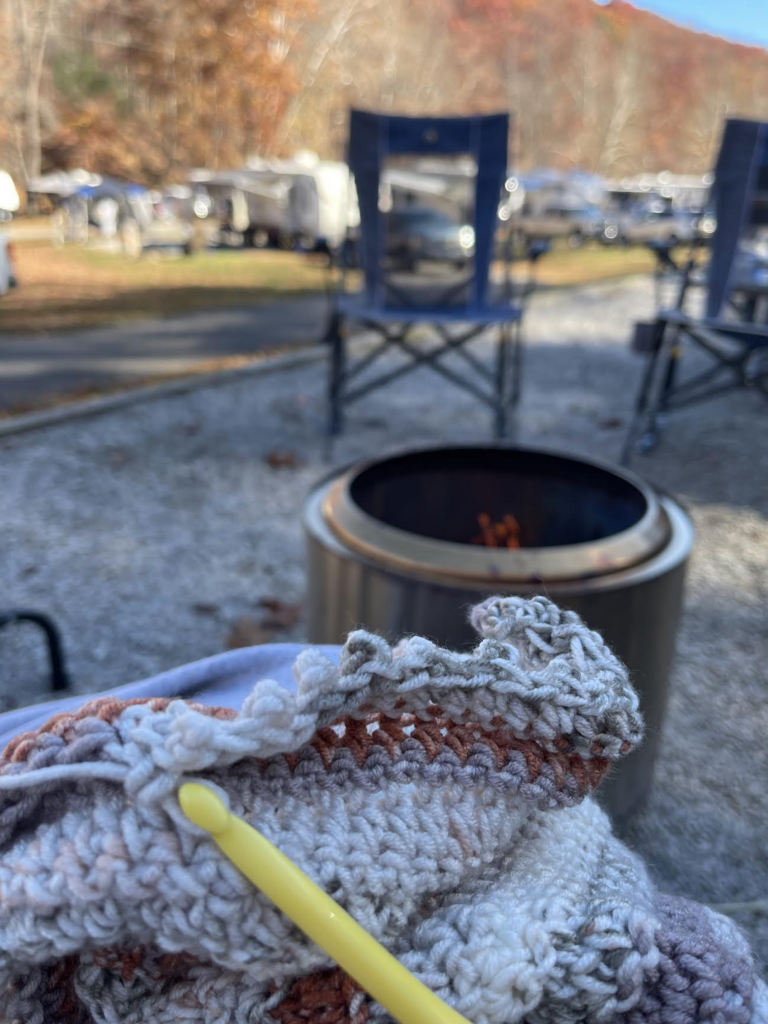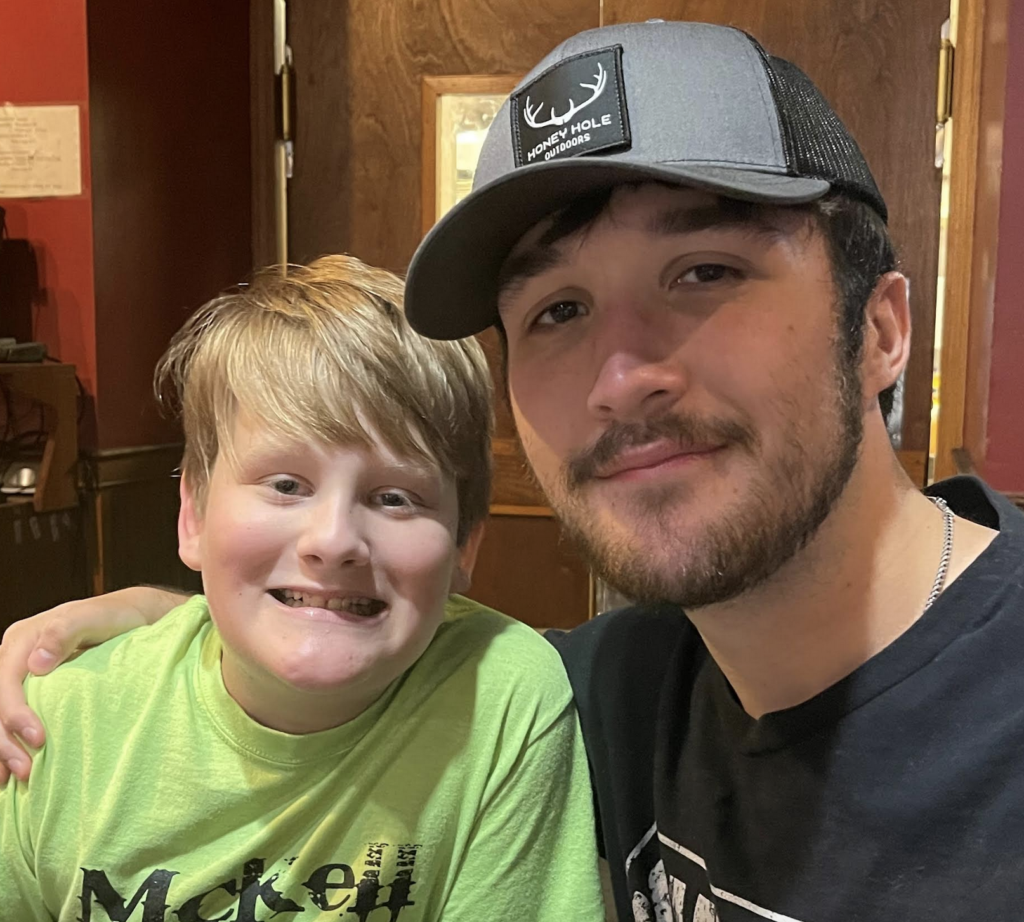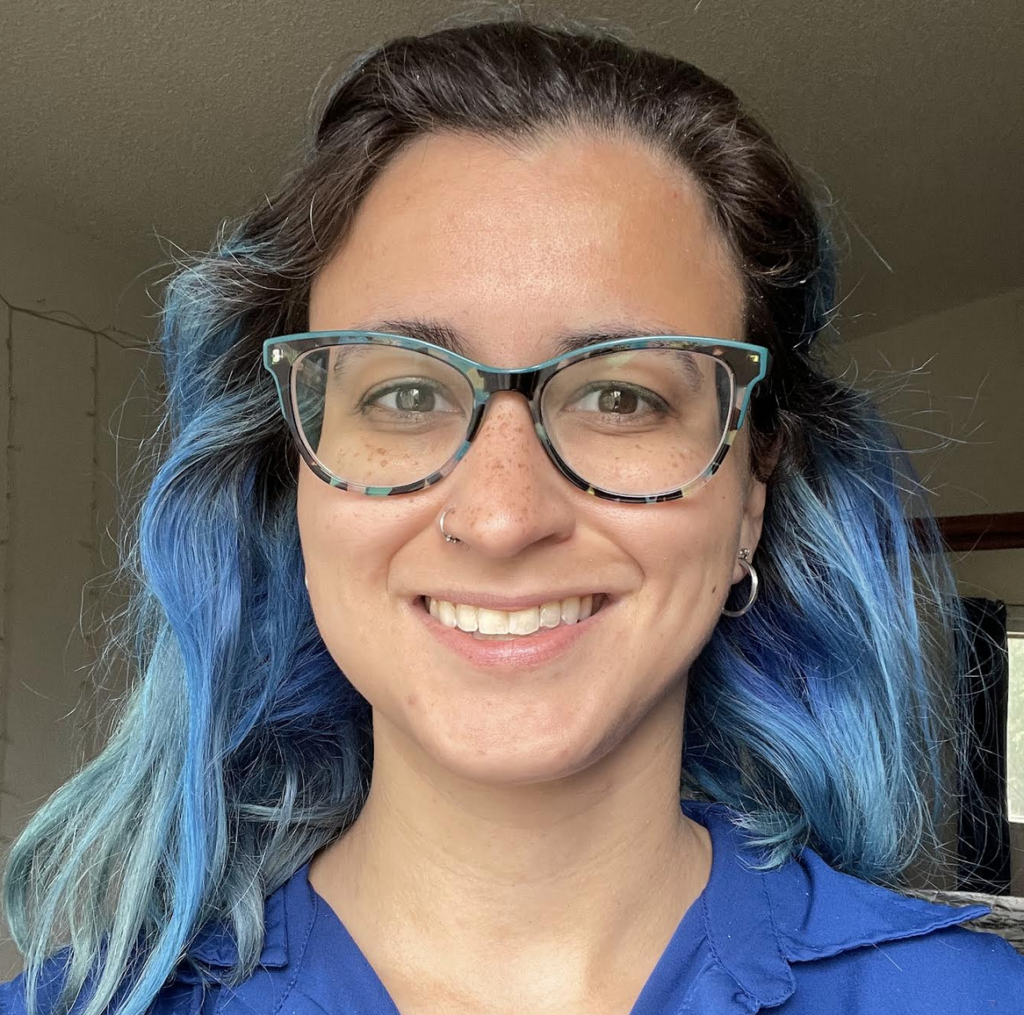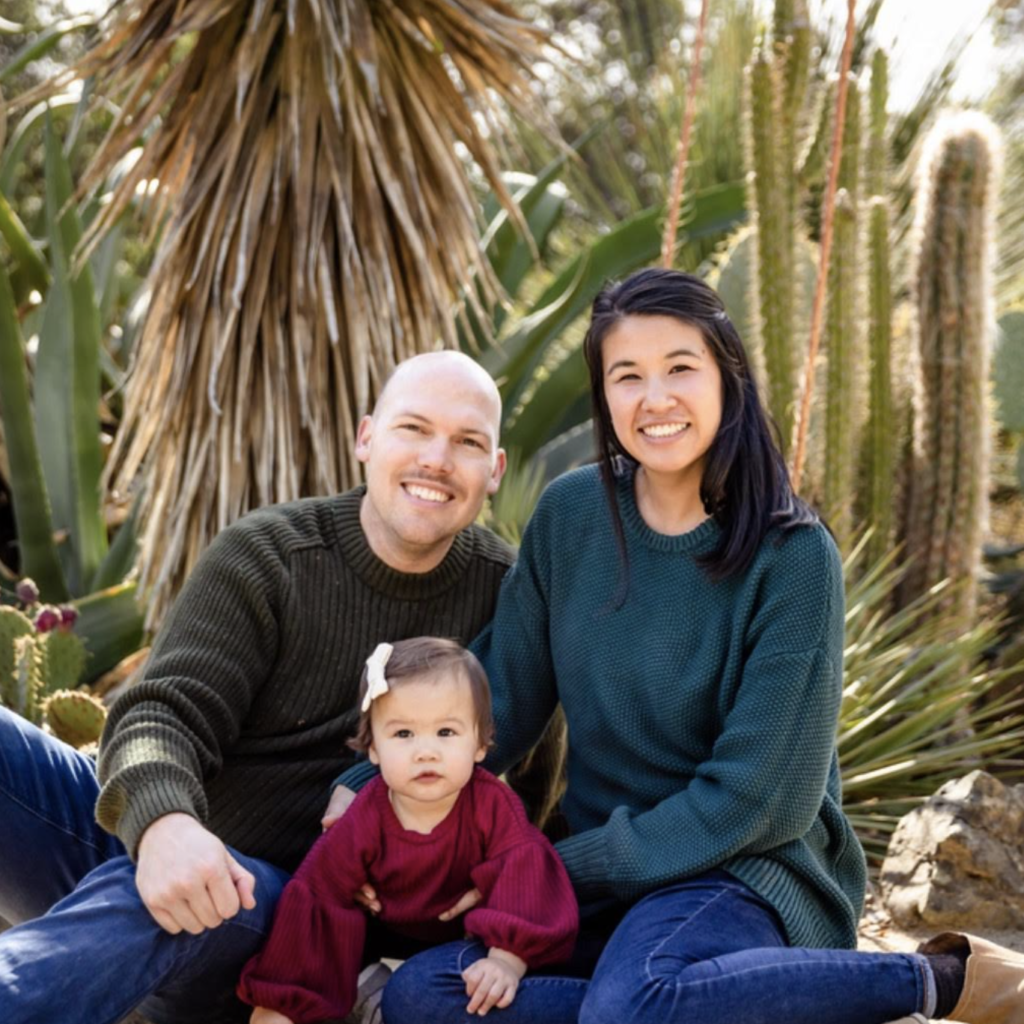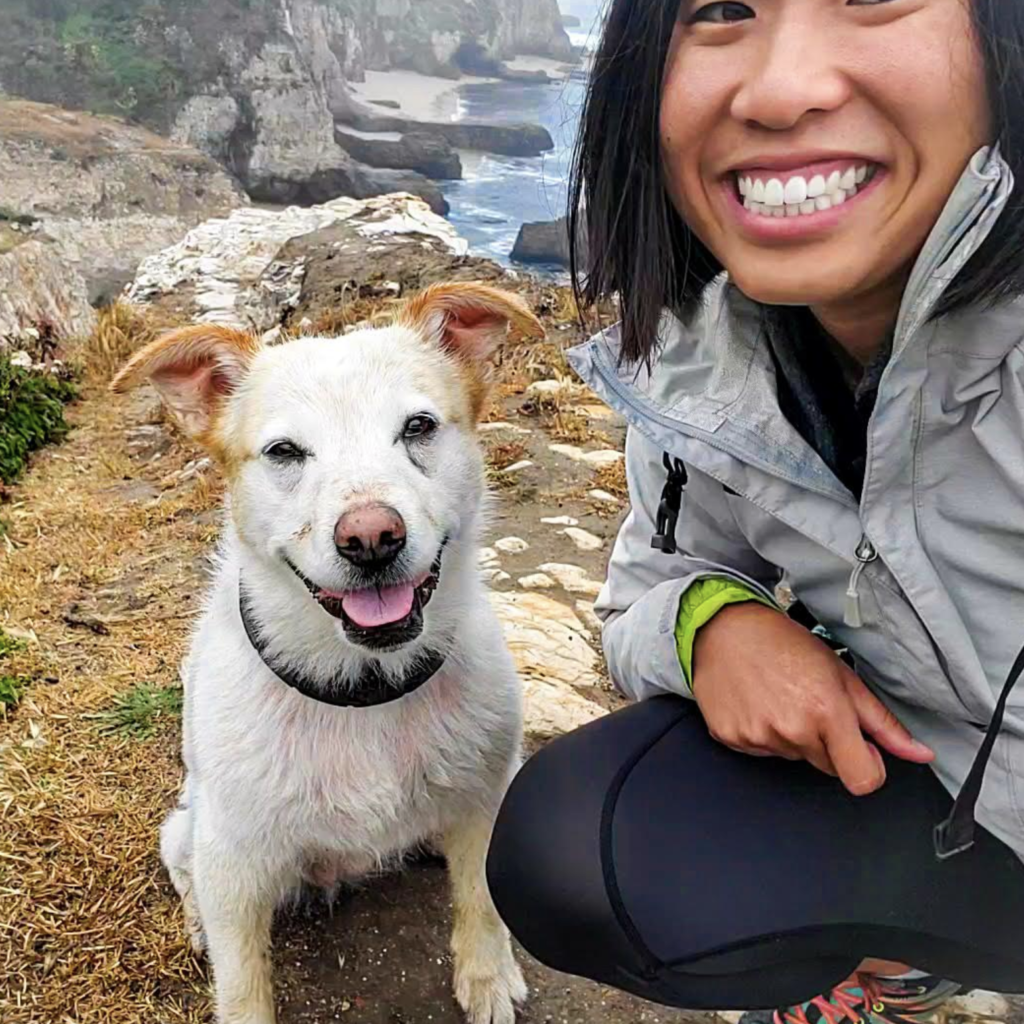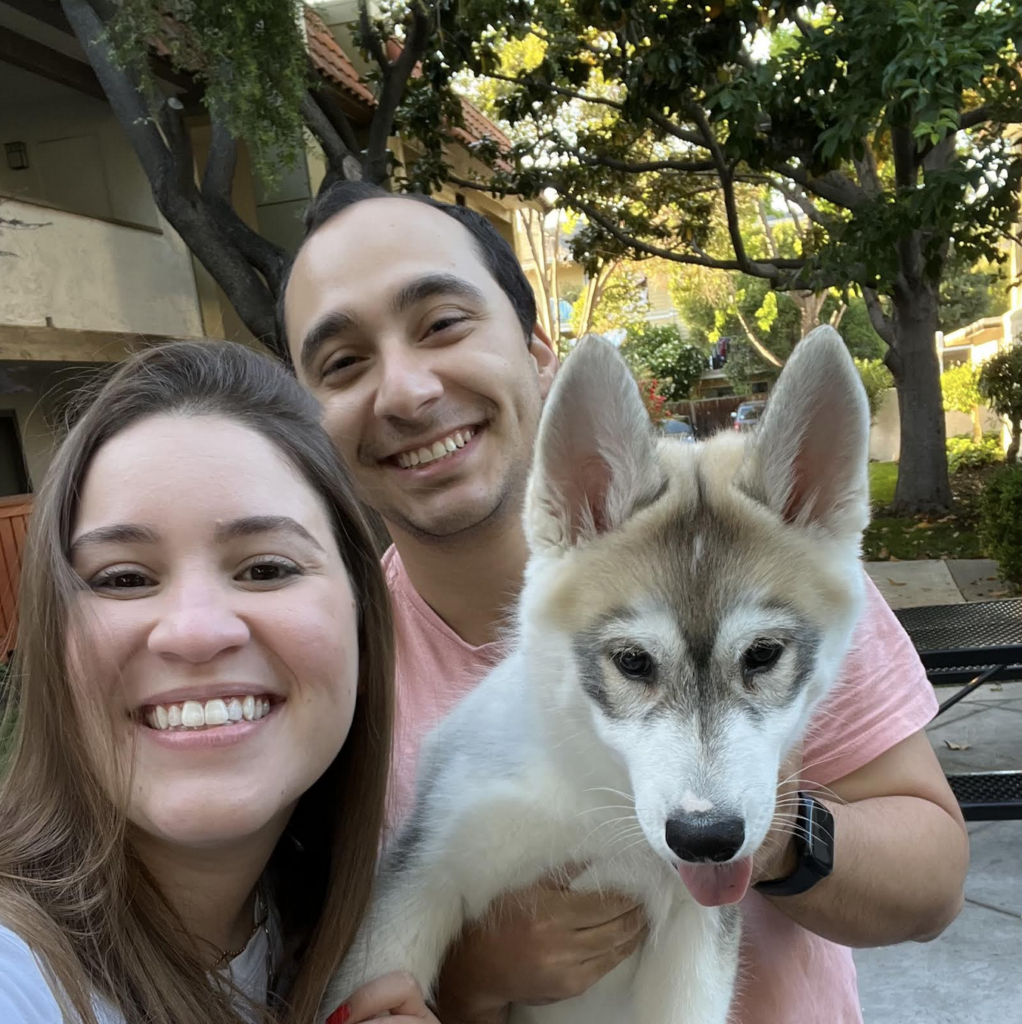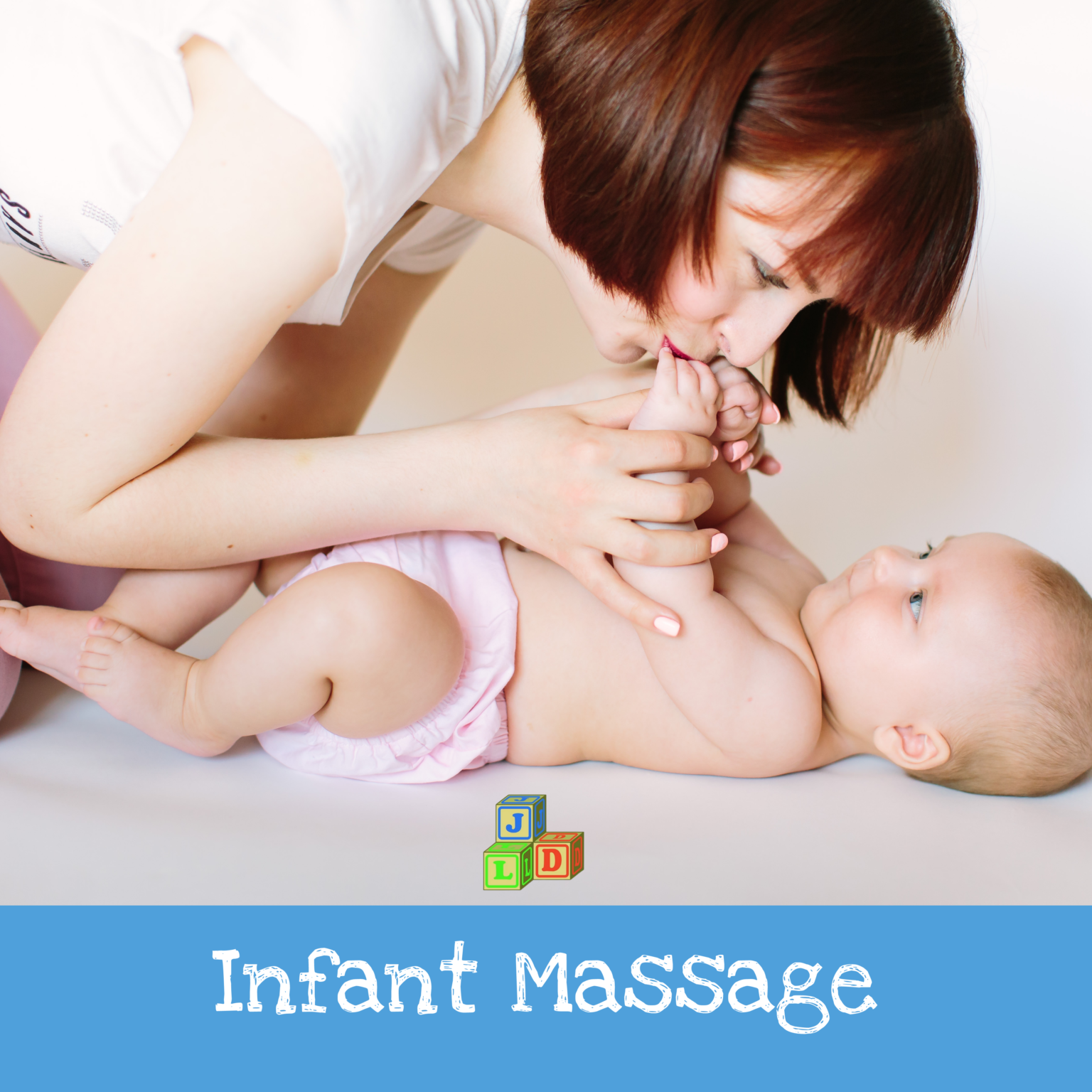
Are you looking for ways to connect with your young baby that is both meaningful and fun? Infant massage is a great way to connect with your child while providing them many health and developmental benefits.
While nearly everyone can benefit from massage, it can be particularly helpful for babies or children who struggle with:
- Colic
- Congestion
- Constipation
- Digestive challenges
- Circulatory challenges
- Gastrointestinal system challenges
Infant massage has so many benefits for young children!
- Increases self-esteem for child and parent
- Promotes bonding and attachment
- Increases sense of love, acceptance, respect, and trust
- For baby, improves body awareness
- Improves relaxation and release of stress
- Stimulates circulation
- Strengthens digestive, circulatory, and gastrointestinal systems, which can lead to better weight gain
- Reduces discomfort due to teething, colic, gas, and congestion
- Increases elimination, circulation, and respiration
- Improves sense of well being for parents
- Reduces stress and blood pressure and improves overall health
- Improves hormonal activity
- Improves synchrony between child and caregiver
- Improves parent’s ability to react to infant cues
- Increases confidence in parenting skills
- Provides quality time for parent and child
- Promotes bonding and attachment
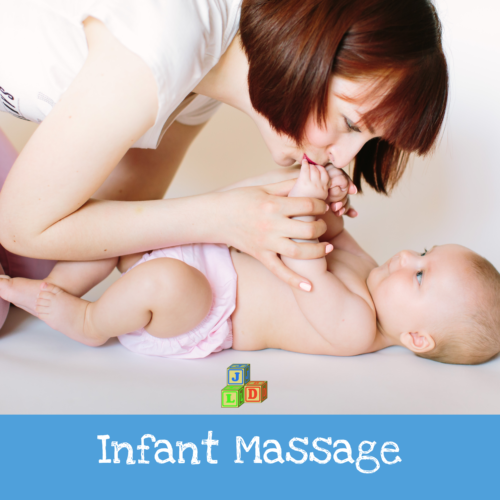
In addition to the many physical benefits of infant massage, there are also many developmental benefits. Early interventionists use five domains (as noted below) to determine how children are developing. Massage helps increase skills in each of the developmental domains.
- Communication: Engages pre-speech components and emerging speech (eye gaze, listening, turn-taking, attention, etc.)
- Motor: Improves muscle tone, coordination and increases body awareness
- Socialization: Infant and caregiver engage one another, infant usually in a quiet alert state
- Cognition: Overall awareness of self and body boundaries, cause and effect, and increased attention span.
- Emotional: Stronger attachment to caregiver, more positive interactions with caregiver, and child trusts that their needs will be met.
I highly recommend trying an infant massage class. Loving Touch is a great site with a lot of information on infant massage in general and course information. If you aren’t able to take a class, you can still enjoy bonding with your baby through massage- no special certification is required! Here are a few tips for an at-home baby massage:
- Before beginning, you will want to make sure that baby is in the right mood, and that you are in a warm and quiet location. Always follow baby’s lead and stop if it becomes too stimulating.
- Have your lotion or oil available at the start of the session, and watch for any sign of skin irritation. Baby has very sensitive skin and could have reactions to products with fragrances. Be sure to have fun with your baby, maintain eye contact and talk with baby during the massage.
- Baby should enjoy the massage and calm, but be sure to watch their cues and learn the strokes that baby prefers.
- You can start by placing your baby on his or her stomach. Spend one minute gently rubbing each area of your baby’s body: head, neck, shoulders, upper back, waist, thighs, feet and hands. Then, turn baby onto his or her back. Again, spend one minute on each area. Extend and flex your baby’s arms and legs, and then both legs at the same time. End the massage time by spending about five minutes using rubbing motions over each area of baby’s body, with baby either on his or her back or tummy.
I hope that you give infant massage a try! If you do, please share in our FREE Facebook community!
As always, if you have concerns about your child’s development and would like to set up a free consultation to discuss your concerns, please reach out! I would love to help you determine your child’s individual needs. We are here to support you as you help your child blossom!


